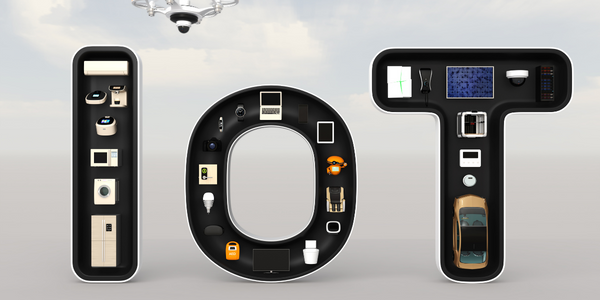Technology Category
- Platform as a Service (PaaS) - Application Development Platforms
Applicable Industries
- Equipment & Machinery
Applicable Functions
- Product Research & Development
Use Cases
- Time Sensitive Networking
About The Customer
Canva's customers are a diverse group of over 60 million monthly active users from across the globe. These users range from individuals to businesses, all seeking to leverage Canva's online design and publishing tool to create and publish their designs. Half of these users are non-English speakers, highlighting the platform's global reach and the effectiveness of its localization efforts. Canva's customers have unique needs based on their cultural and linguistic backgrounds, and the platform aims to meet these needs by providing a user experience that resonates with each local market.
The Challenge
Canva, an online design and publishing tool, was launched in 2013 with a mission to empower everyone in the world to design anything and publish anywhere. Today, Canva has over 60 million monthly active users, half of whom are non-English speakers, and the platform is available in over 130 languages. The challenge for Canva was to make the tool as accessible as possible to users across the globe and provide the best user experience, no matter what language they speak. This required a deep understanding of the subtle differences in cultures and languages, and the unique needs of the audiences in a scalable way. The challenge was also to maintain the Canva brand while heavily customizing the product for many different regions.
The Solution
Canva's solution was hyper-localization, creating an experience that resonates with local markets without having to rebuild Canva every time. They dove into localization efforts early in the life of Canva, relying on data collected over time to apply their learnings and successes to new markets. They allowed local design teams to take control and experiment with what works with different markets. This approach was also applied to marketing and other content. Canva also ensured all employees shared the same company values and cultures and worked toward the same goals. They maintained an up-to-date style guide accessible to all translators to ensure the brand color and tone of voice came through clearly in their translations. Canva also used their growth data to decide which languages and regions to focus on first, considering market sizes and the potential number of users in a locale.
Operational Impact
Quantitative Benefit

Case Study missing?
Start adding your own!
Register with your work email and create a new case study profile for your business.
Related Case Studies.

Case Study
Smart Water Filtration Systems
Before working with Ayla Networks, Ozner was already using cloud connectivity to identify and solve water-filtration system malfunctions as well as to monitor filter cartridges for replacements.But, in June 2015, Ozner executives talked with Ayla about how the company might further improve its water systems with IoT technology. They liked what they heard from Ayla, but the executives needed to be sure that Ayla’s Agile IoT Platform provided the security and reliability Ozner required.

Case Study
IoT enabled Fleet Management with MindSphere
In view of growing competition, Gämmerler had a strong need to remain competitive via process optimization, reliability and gentle handling of printed products, even at highest press speeds. In addition, a digitalization initiative also included developing a key differentiation via data-driven services offers.

Case Study
Predictive Maintenance for Industrial Chillers
For global leaders in the industrial chiller manufacturing, reliability of the entire production process is of the utmost importance. Chillers are refrigeration systems that produce ice water to provide cooling for a process or industrial application. One of those leaders sought a way to respond to asset performance issues, even before they occur. The intelligence to guarantee maximum reliability of cooling devices is embedded (pre-alarming). A pre-alarming phase means that the cooling device still works, but symptoms may appear, telling manufacturers that a failure is likely to occur in the near future. Chillers who are not internet connected at that moment, provide little insight in this pre-alarming phase.

Case Study
Premium Appliance Producer Innovates with Internet of Everything
Sub-Zero faced the largest product launch in the company’s history:It wanted to launch 60 new products as scheduled while simultaneously opening a new “greenfield” production facility, yet still adhering to stringent quality requirements and manage issues from new supply-chain partners. A the same time, it wanted to increase staff productivity time and collaboration while reducing travel and costs.

Case Study
Integration of PLC with IoT for Bosch Rexroth
The application arises from the need to monitor and anticipate the problems of one or more machines managed by a PLC. These problems, often resulting from the accumulation over time of small discrepancies, require, when they occur, ex post technical operations maintenance.

Case Study
Data Gathering Solution for Joy Global
Joy Global's existing business processes required customers to work through an unstable legacy system to collect mass volumes of data. With inadequate processes and tools, field level analytics were not sufficient to properly inform business decisions.







